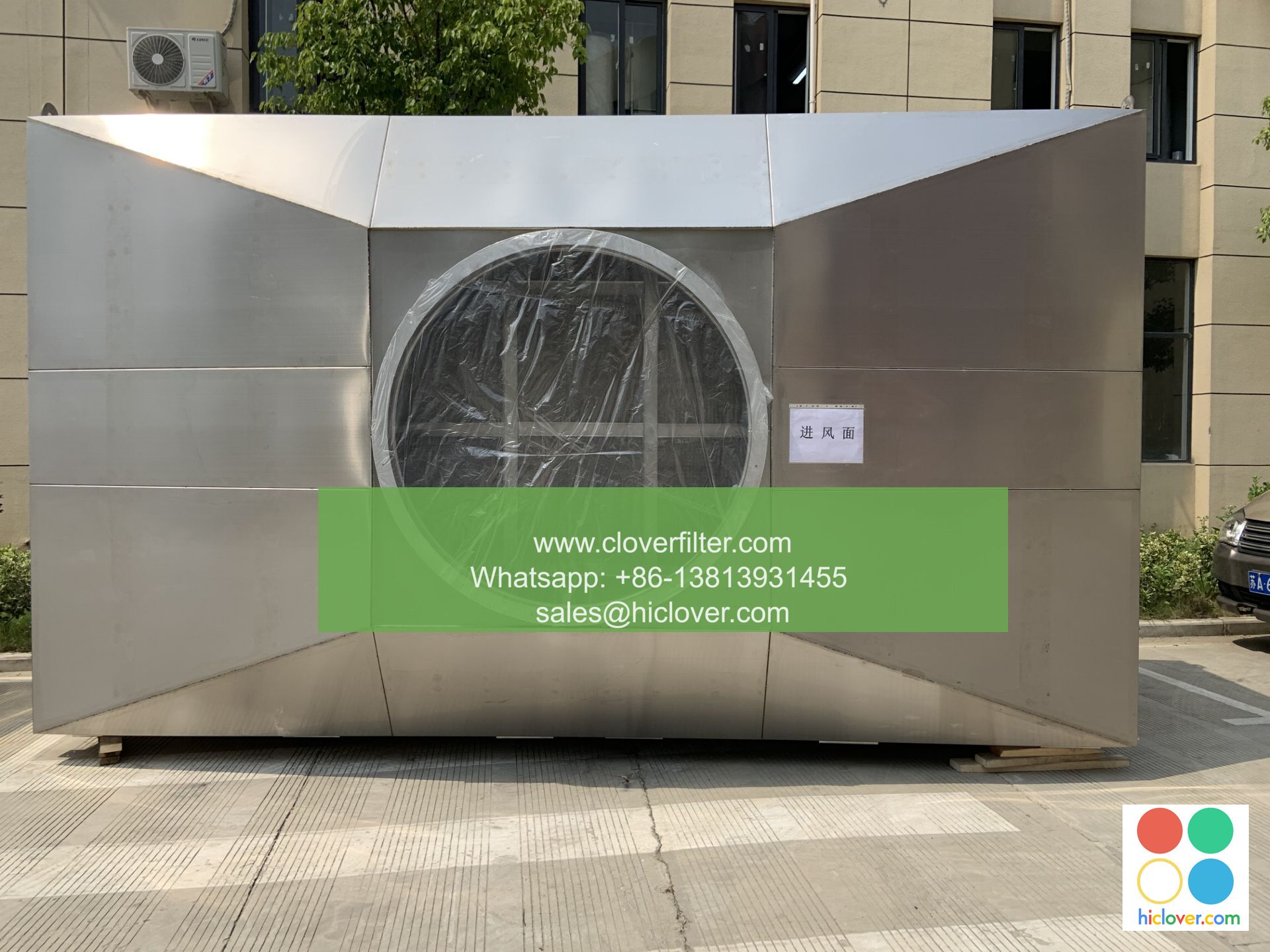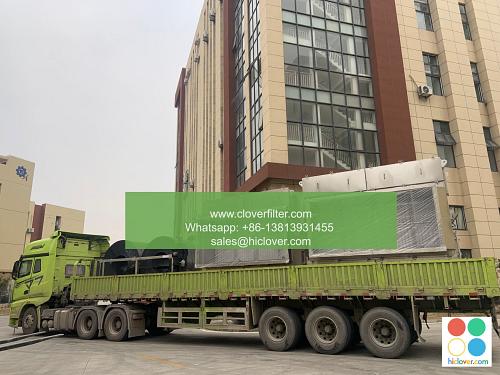Air Filter Sizing for Large Industrial Facilities

Air filter sizing is a critical aspect of maintaining good indoor air quality (IAQ) and ensuring the efficient operation of heating, ventilation, and air conditioning (HVAC) systems in large industrial facilities. Properly sized air filters can help remove airborne contaminants, reduce energy consumption, and minimize the risk of equipment damage. In this article, we will delve into the importance of air filter sizing, discuss the key factors to consider, and highlight various application areas where accurate sizing is crucial.
Why Air Filter Sizing Matters
In large industrial facilities, air filters play a vital role in maintaining a clean and healthy environment. Incorrectly sized air filters can lead to a range of problems, including:
* Reduced airflow and increased energy consumption
* Decreased filter efficiency and effectiveness
* Increased maintenance costs and downtime
* Poor indoor air quality (IAQ) and potential health risks for occupants
To avoid these issues, it is essential to carefully consider the air filter sizing requirements for your facility. This involves taking into account factors such as the size and type of equipment, airflow rates, and the level of airborne contamination.
Key Factors to Consider for Air Filter Sizing
When sizing air filters for large industrial facilities, the following key factors should be considered:
* Airflow rate: The volume of air that needs to be filtered, typically measured in cubic feet per minute (CFM)
* Filter efficiency: The ability of the filter to remove airborne contaminants, typically measured in terms of minimum efficiency reporting value (MERV) or HEPA (high efficiency particulate air) ratings
* Pressure drop: The resistance to airflow created by the filter, which can impact energy consumption and equipment performance
* Filter size and type: The physical dimensions and type of filter required, such as panel filters, pleated filters, or bag filters
Application Areas for Air Filter Sizing
Accurate air filter sizing is critical in various application areas, including:
* Industrial manufacturing: Facilities that produce goods such as food, pharmaceuticals, and electronics require highly efficient air filters to maintain clean environments and prevent contamination
* Commercial offices: Large office buildings and commercial spaces require air filters that can handle high airflow rates and remove airborne contaminants, such as dust, pollen, and other particles
* Healthcare facilities: Hospitals, clinics, and other healthcare facilities require highly efficient air filters to maintain sterile environments and prevent the spread of infections
* Data centers: Facilities that house computer servers and data storage equipment require air filters that can handle high airflow rates and maintain precise temperature and humidity control
Best Practices for Air Filter Sizing
To ensure accurate air filter sizing, the following best practices should be followed:
* Conduct a thorough site survey: Assess the facility’s airflow requirements, equipment, and airborne contamination levels to determine the optimal air filter sizing
* Use industry-standard calculation methods: Utilize established methods, such as the Air Filter Sizing Calculator, to determine the required air filter size and type
* Consider factors such as filter efficiency and pressure drop: Balance the need for high filter efficiency with the potential impact on pressure drop and energy consumption
* Regularly maintain and replace air filters: Ensure that air filters are properly maintained and replaced to maintain optimal performance and prevent equipment damage
By following these guidelines and considering the unique requirements of your large industrial facility, you can ensure that your air filters are properly sized to maintain good indoor air quality, reduce energy consumption, and minimize the risk of equipment damage. Remember to highlight the importance of air filter sizing in various application areas, such as industrial manufacturing, commercial offices, healthcare facilities, and data centers, to ensure that your facility operates efficiently and effectively. It looks like you haven’t provided a prompt for me to respond to. Would you like to ask a question, discuss a topic, or explore a creative idea? I’m here to help!

